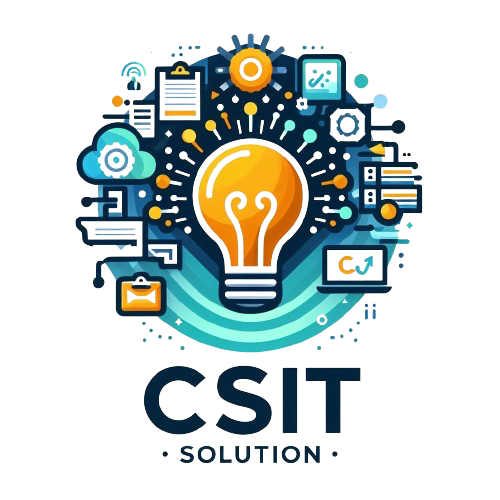Course Title: Cognitive Science
Course No: CSC374
Nature of the Course: Theory + Lab
Semester: VI
Full Marks: 60 + 20 + 20
Pass Marks: 24 + 8 + 8
Credit Hrs: 3
This course covers the fundamental concepts of cognitive science and brain computation.
The main objective of this course is to provide basic knowledge of the cognition process, mind theory, physical symbol systems, cognitive systems, concepts of brain mappings, and neural network structures.
- Cognition Process, Cognitive Psychology, Cognitive Science
- Foundations of Cognitive Science
- Cognitive Science and Multi-disciplinary Approaches
- Machines and Minds
- Laws of Thought to Binary Logic
- Classical Cognitive Science
- Connectionist Cognitive Science
- Mind-Body Problem
- Turing's Response to the Mind-Body Problem
- Pinker, Penrose, and Searle's Responses to the Mind-Body Problem
- Representational Theory of Mind
- Theories of Mental Representation: Minimal Analysis, Resemblance Theories, Casual Covariation Theories, Internal Role Theories of Mental Representation
- Behaviorism
- Theory of Computation and Algorithms
- Algorithms and Turing Machines
- Marr's Three Levels of Computation
- Linguistics and Formal Language
- Information Processing Models in Psychology
- Cognitive Models of Memory: Atkinson-Shiffrin Model, Tulving’s Model
- Mental Imagery: Kosslyn's View, Moyer's View, Peterson's View
- Cognitive Maps and Problem Understanding
- States of Cognition
- Cognition in AI
- Physical Symbol System Hypothesis
- Symbols and Symbol Systems
- Problem Solving by Symbol Structure
- From Physical Symbol Systems to the Language of Thought
- The Computer Model of the Mind
- Syntax and the Language of Thought
- Fodor’s Argument for the Language of Thought Hypothesis
- The Chinese Room Argument and Turing Test
- The Symbol Ground Problem
- Cognitive System Overview
- Architecture for Intelligent Agents
- Modularity of the Mind
- Modularity Hypothesis
- The ACT-R/PM Architecture
- Structure and Function in the Brain
- Anatomical Connectivity
- Cognitive Functioning Techniques from Neuroscience
- Mapping the Brain's Electrical Activity: EEG and MEG
- Mapping the Brain's Blood Flow and Oxygen Levels: PET and fMRI
- Attention and Visuospatial Attention
- Metarepresentation
- Metarepresentation, Autism, and Theory of Mind
- Mind Reading System
- Understanding False Belief
- Mind Reading as Simulation
- Neurally Inspired Models of Information Processing
- Single-Layer Networks and Boolean Functions
- Multilayer Networks
- Information Processing in Neural Networks
- Language Learning in Neural Networks
- Neural Network Models of Children's Physical Reasoning
Laboratory work includes implementing and simulating the concepts of the cognition process, intelligent agents, and neural networks. Additionally, students can extend laboratory work by using tools like PSY Toolkit or PsyNeuLink.
- José Luis Bermúdez, "Cognitive Science: An Introduction to the Science of the Mind", Cambridge University Press
- Michael R. W. Dawson, "Mind, Body, World: Foundations of Cognitive Science", UBC Press
- Daniel Kolak, William Hirstein, Peter Mandik, Jonathan Waskan, "Cognitive Science: An Introduction to Mind and Brain", Routledge Taylor and Francis Group
- Amit Konar, "Artificial Intelligence and Soft Computing: Behavioral and Cognitive Modeling of the Human Brain", CRC Press
